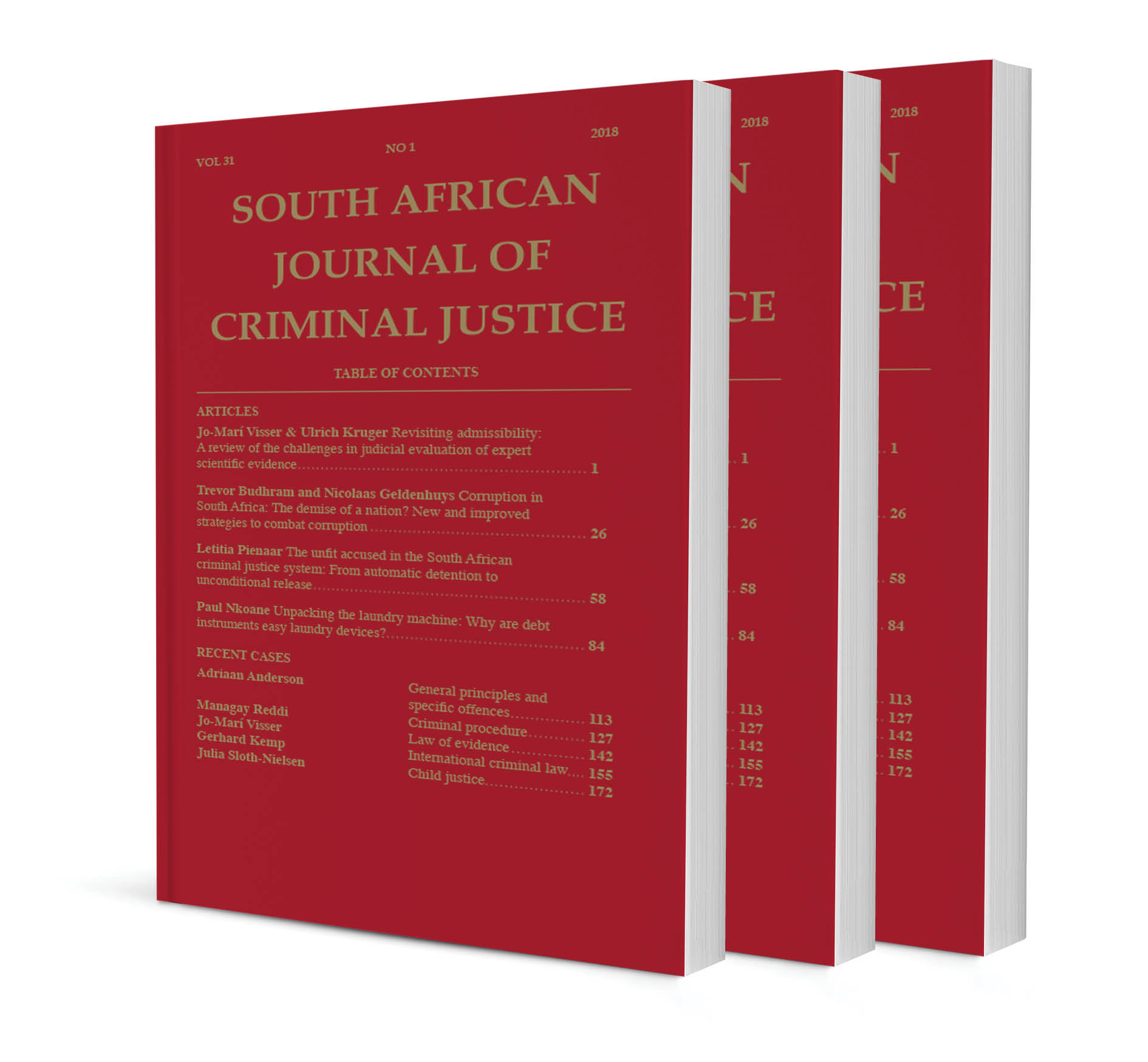Confronting past gross human rights violations in Ethiopia: Taking stock of the Reconciliation Commission

Confronting past gross human rights violations in Ethiopia: Taking stock of the Reconciliation Commission
Authors: Marshet T Tessema and Markos Debebe Belay
ISSN: 1996-2118
Affiliations: LLB LLM PhD; Assistant Professor of Law, Hawassa University, Ethiopia; LLB LLM.
Source: South African Journal of Criminal Justice, Volume 33 Issue 3, p. 563 – 579
https://doi.org/10.47348/SACJ/v33/i3a3
Abstract
It is a trite fact that in the recent past decades, Ethiopia has been under a one-party dictatorship. The ruling political party encountered protracted civil protest and at times, an armed struggle. This has led to the overthrow of former party leaders and the dictatorship. The protracted protest against the party has led to change from within the ruling party. Thus, with the coming to power of Prime Minister Abiy Ahmed, there has been a widespread change in the political and legal landscape. Ethiopia has adopted various mechanisms including establishing a reconciliation commission as a means to reckon with legacies of a repressive past. This article takes stock of the major problematic areas of the Ethiopian Reconciliation Commission establishment law, Proclamation 1102/2018, with the aim to propose measures to be taken to rectify its blind spots.